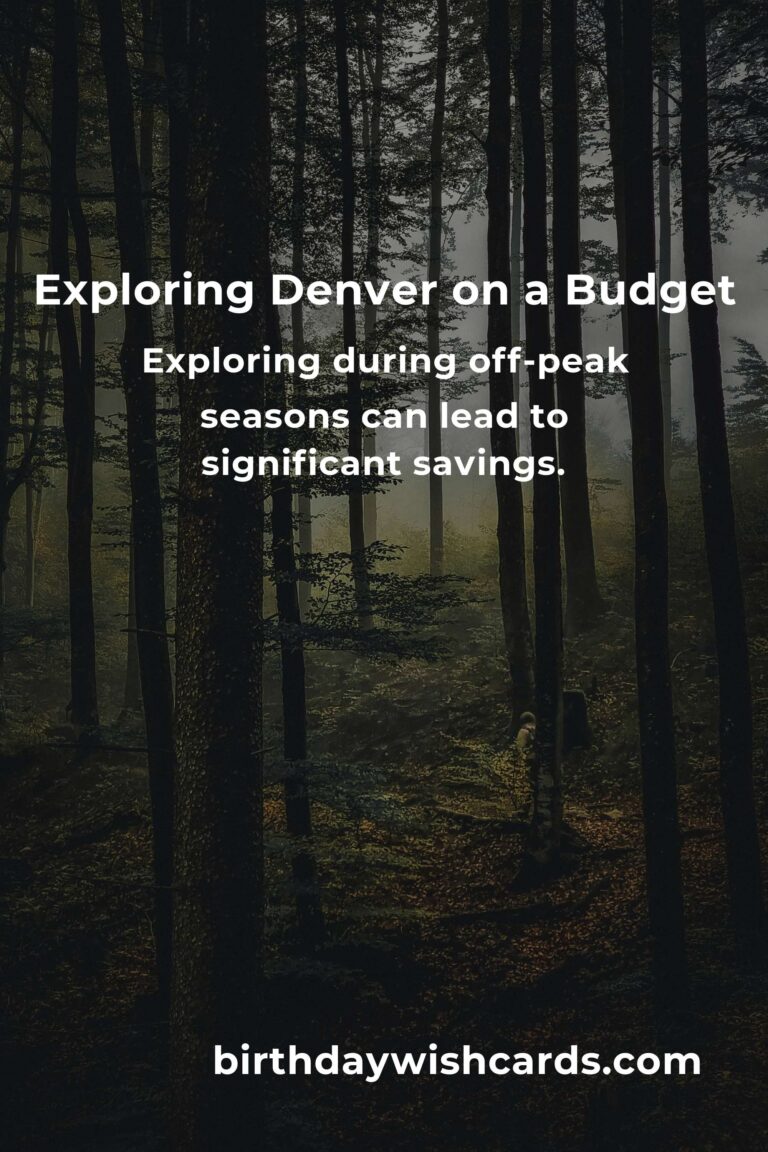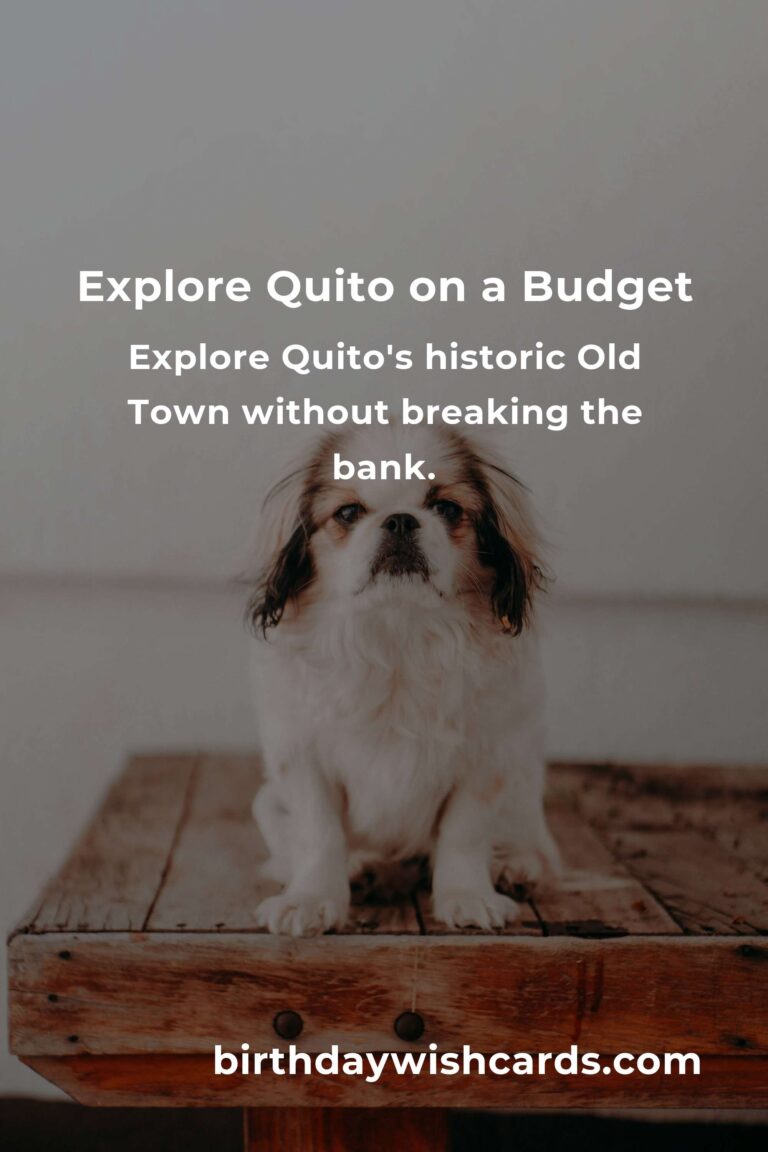
Planning a festival can be an exhilarating experience, but it can also be overwhelming, especially when it comes to budgeting. Whether you are organizing a local community event, a music festival, or a cultural celebration, having a comprehensive plan can ensure that your festival is a success. In this guide, we’ll provide unique strategies for planning festivals that cater to every budget. Let’s dive in!
Understanding Your Budget
Before diving into the planning process, it’s crucial to understand your budget constraints. You need to establish a total budget that includes all expenses—venue, entertainment, marketing, and miscellaneous costs. Here’s how to break down your budget:
1. Setting a Realistic Budget
Assess your funding sources, whether they are ticket sales, sponsorships, or grants. Aim to forecast conservatively. Start with a total amount and allocate funds for:
- Venue Rental
- Permits and Insurance
- Speakers and Performers
- Marketing and Promotion
- Staffing
- Equipment Rentals
2. Identifying Priority Areas
Determine what aspects of the festival are most important to you. Is it the entertainment, food, or the venue? Allocate more of your budget to these priority areas while being frugal with less critical elements.
Festivals on a Shoestring Budget
If you’re working with a limited budget, there are numerous ways to host a memorable festival without breaking the bank.
1. Choose a Low-Cost Venue
Your venue can significantly impact your budget. Consider public parks, community centers, or local schools. These places often have low rental fees, and some might even offer their space for free!
2. Involve Volunteers
Engaging volunteers can reduce staffing costs drastically. Enlist community members who are passionate about the festival to help organize and manage events.
3. Creative Fundraising
Consider setting up crowdfunding initiatives or organizing pre-events to raise funds. Local businesses may also sponsor specific aspects of the festival in exchange for marketing exposure.
Mid-Range Budget Planning
If you have a moderate budget, you can afford more amenities while still being strategic about your spending.
1. Invest in Quality Entertainment
With a mid-range budget, you can book more well-known bands or performers. Aim for a good mix of local and regional talent to draw in a crowd without overspending.
2. Enhanced Marketing Strategies
Utilize both traditional media and digital marketing strategies. Invest in social media ads, fliers, and banners. Leverage influencer partnerships for more visibility.
3. Diverse Food Options
A varied food selection can enhance the festival experience. Collaborate with local food vendors and offer food trucks; this might also ease the financial burden compared to a catering service.
Luxury Festival Planning
If your budget allows for more luxury elements, think about the following:
1. Premium Venue Selection
Consider high-end venues such as art galleries or unique outdoor spaces with stunning views. A memorable location can greatly enhance the atmosphere of the festival.
2. Top-Tier Entertainment
Hire renowned headline artists to attract larger crowds. This can justify higher ticket prices, offsetting some costs.
3. Unique Experiences
Offer unique experiences such as VIP lounges or exclusive meet-and-greets, which can be ticketed separately from general admission.
Marketing Your Festival
The success of your festival greatly relies on effective marketing. Here are some strategies to consider:
1. Leverage Social Media
Utilize platforms like Facebook, Instagram, and Twitter to promote your festival. Create engaging content that resonates with your audience.
2. Collaborate with Local Influencers
Partner with local influencers to help promote your event. Their endorsement can enhance credibility and extend your reach.
3. Create Buzz with Pre-Events
Host smaller events leading up to your festival to create excitement and encourage ticket sales.
Safety and Regulations
Every festival must adhere to local regulations and prioritize safety:
1. Obtain Necessary Permits
Check with local authorities about permits. Ensure all aspects of your festival comply with health and safety regulations.
2. Plan for Crowd Control
Develop a crowd control plan to ensure the safety of attendees. Consider employing security and having designated entrances and exits.
3. Emergency Preparedness
Prepare for emergencies by having medical staff on site and developing a clear emergency plan.
After the Festival: Assessment and Improvement
After your festival concludes, it’s vital to assess its success:
1. Gather Feedback
Conduct surveys to gather feedback from attendees. Use their input to identify strengths and areas for improvement.
2. Financial Review
Analyze your budget versus actual expenses. Understanding where you succeeded and where you overspent can be invaluable for future events.
3. Document Lessons Learned
Create a report summarizing the successes and challenges faced during the festival. This documentation can serve as a guide for future planning efforts.
In conclusion, planning a festival can be done effectively regardless of budget constraints. By understanding your financial limits, prioritizing essential elements, and utilizing creative strategies, you can create a unique and memorable festival experience for all. Remember, the key is to plan, prepare, and execute with passion!
Planning a festival can be an exhilarating experience. Understanding your budget is crucial for successful festival planning. 
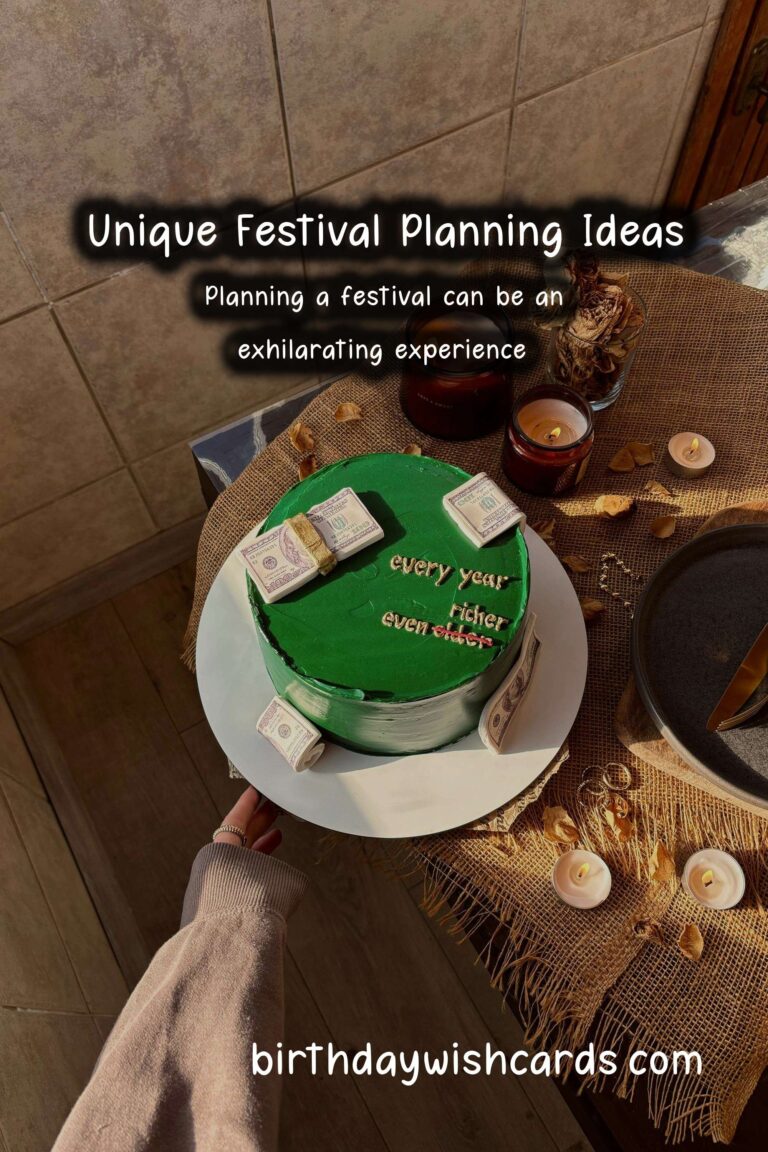

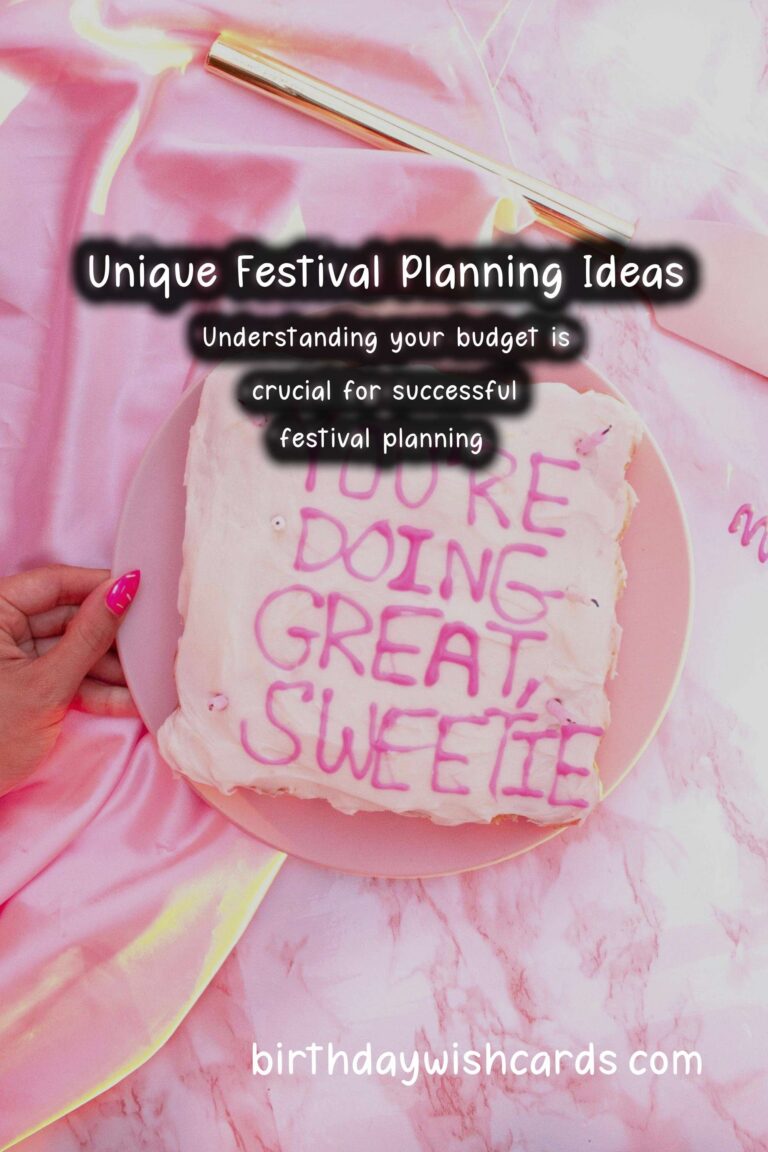
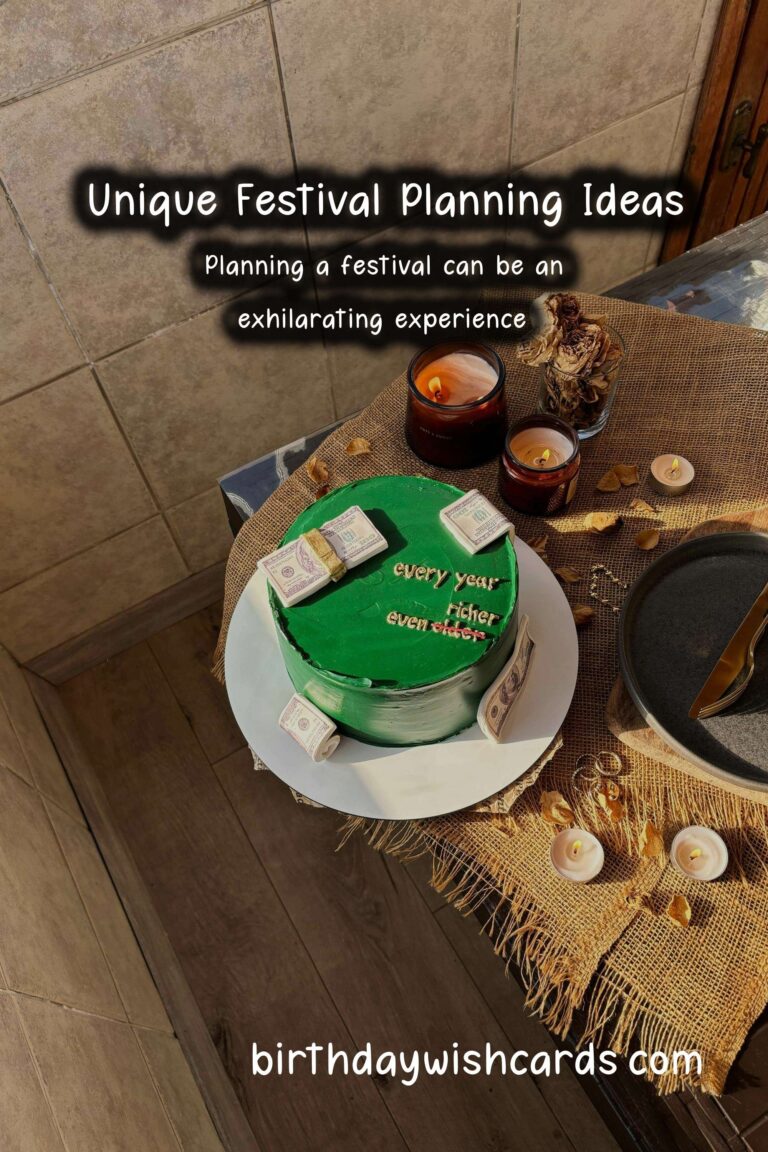
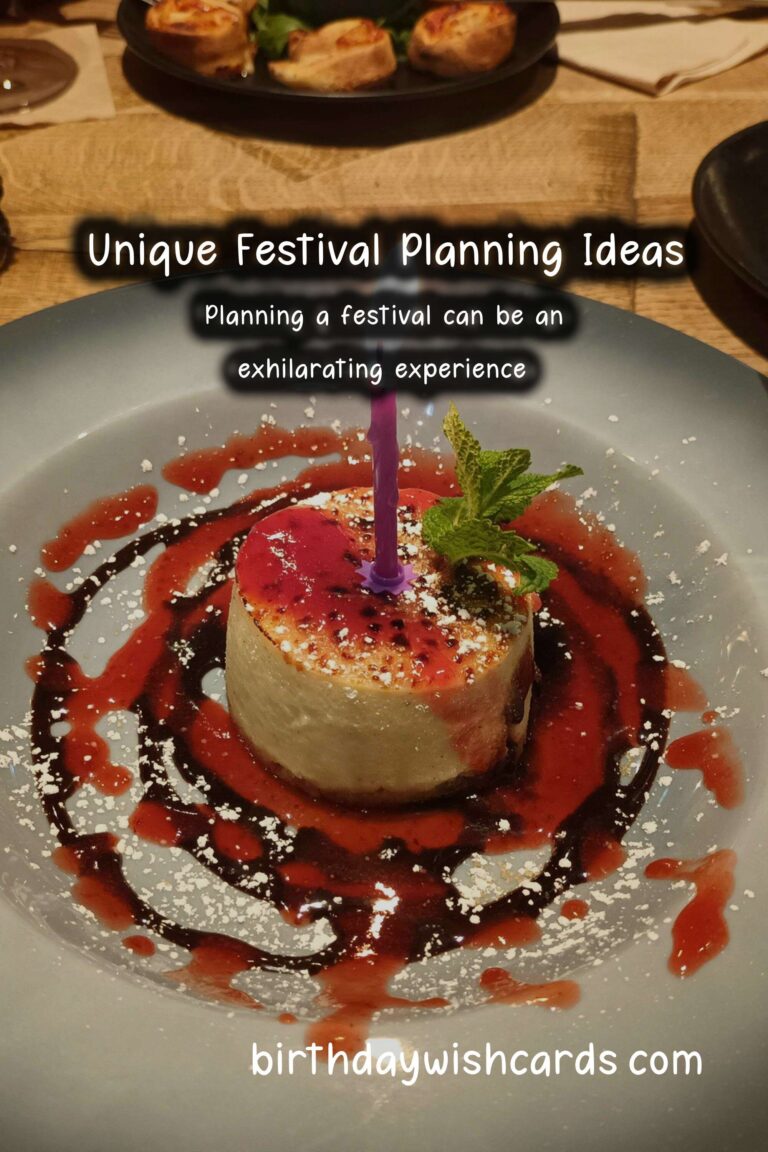

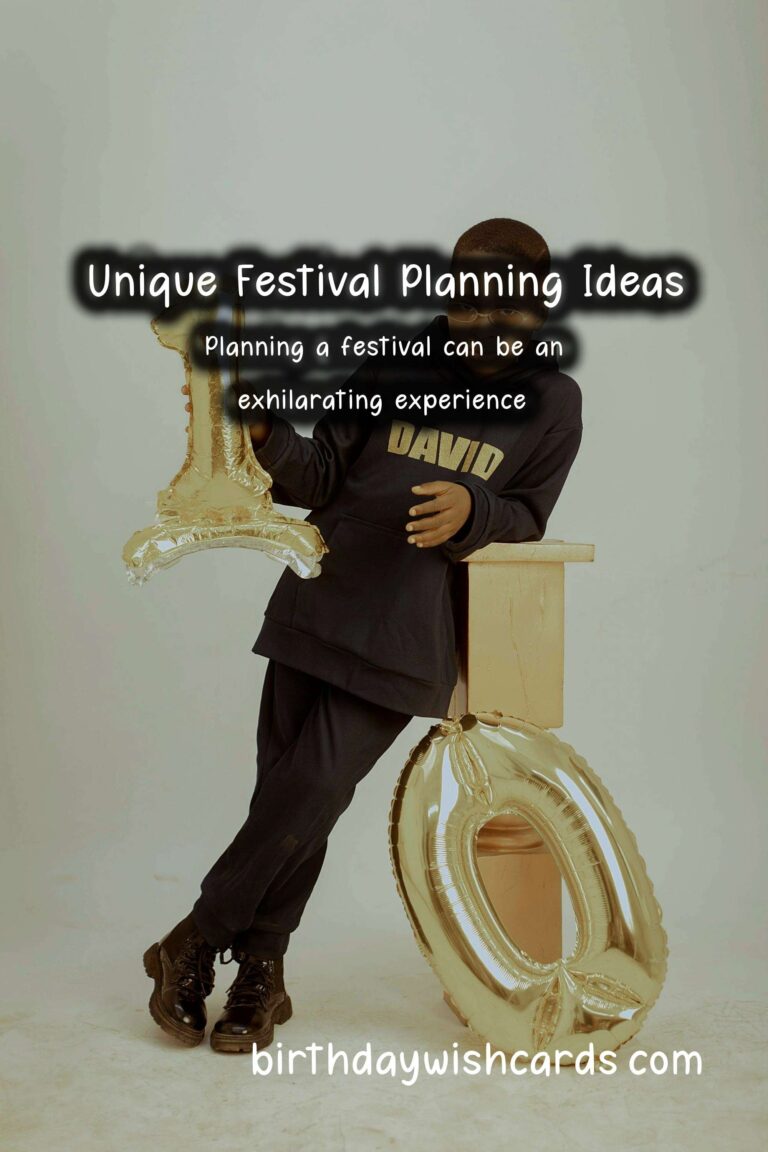

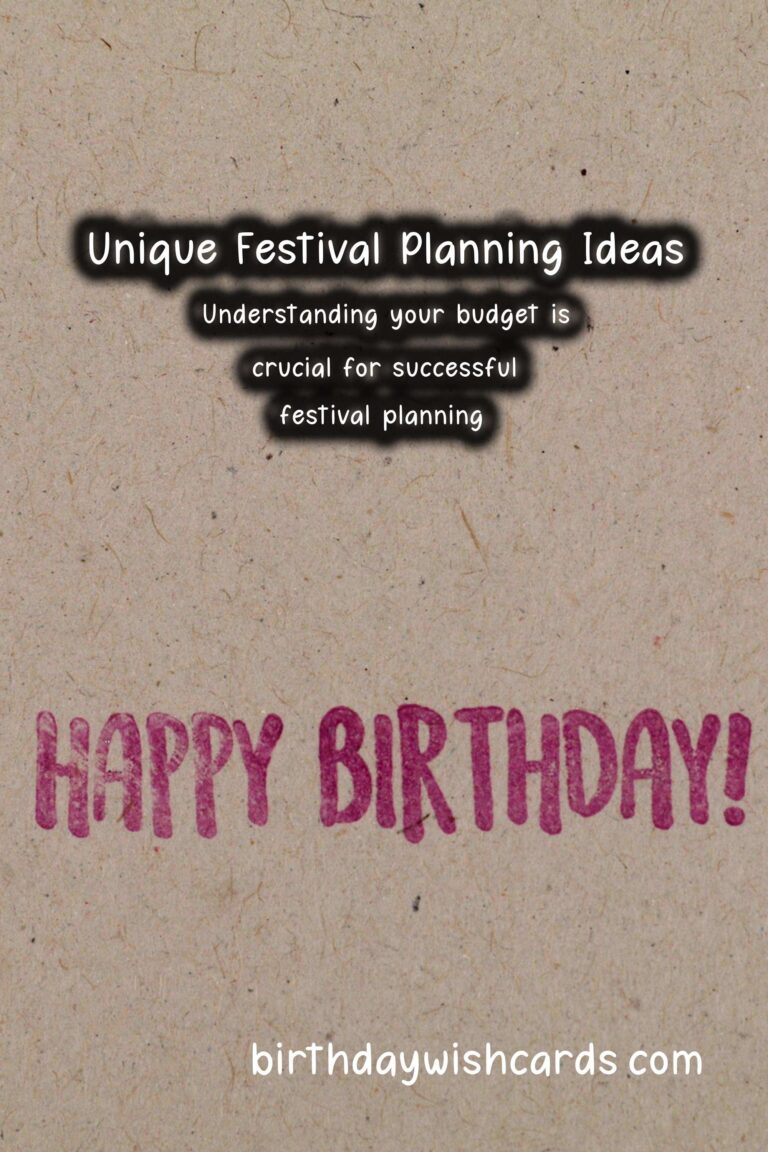
#FestivalPlanning #BudgetFriendly #EventManagement


